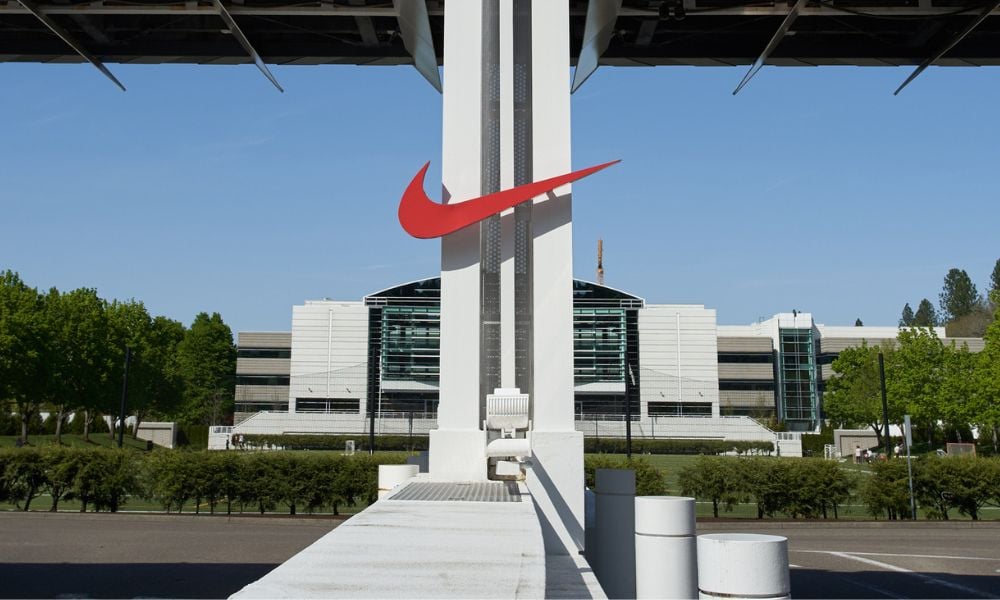HRD looks at how people analytics has developed and its increasing relevance in the workplace

The term “people analytics” became more commonly used around 2014/2015 following the introduction of “big data” into common terminology a few years earlier, according to Cherie Curtis, CEO of Revelian.
But in reality, the practice of using objective data to assist in making more robust decisions about the workforce has been around for a long time, she told HRD.
For instance, Curtis said companies like Oracle and PeopleSoft were adding analytics functionality to their platforms in the early 90’s, and people were manually analysing relationships between things like candidate qualifications and payroll data decades ago.
Additionally, the use of psychometric data to assist in people selection and development dates back centuries.
“What’s changed recently, is the accessibility of data and the ease of interpretation and reporting thanks to advances in technology, meaning that the ability to analyse a wide range of useful people data effectively is now available to most HR departments, rather than being the domain of data scientists or psychologists only,” said Curtis.
“The use of psychometric assessment in people selection is an example of people analytics that has been established for some time.
“These tools have created a practical way to leverage the insight people analytics can provide genuine business impact.”
So what were the main mechanisms for making important decisions prior to people analytics?
“Interviews, resumes, referrals, and gut feel. And while I’d love to say that these mechanisms are no longer used as the sole inputs into people decisions, there’s still a way to go,” said Curtis.
“More positively, useful, objective people data is now more accessible and affordable than ever before, even for small businesses.
“So I expect we’ll see more and more organisations taking advantage of tools like psychometric assessments to make better people decisions in the future.”
Curtis added that using accurate data to inform decisions is considered best practice in all contexts, and recruitment is no different.
A robust hiring or promotion / succession process should comprise a number of different activities in order to get the fullest and fairest possible picture of the candidate or employee, she said.
Indeed, some traditional activities such as resumes, interviewing, and reference checks are more prone to bias or inaccuracy than others – depending on which statistics you believe up to 53% of candidates embellish their resumes.
So the use of data to assist in improving both objectivity and accuracy in the decision making process is critical.
“As an example, in our own recruitment process candidates complete up to 3 rounds of psychometric and skills testing as well as submitting their resume, and participating in phone and face to face interviews,” she said.
“And it’s the sum of all of these inputs that leads us to arrive at our selection decisions, and for the candidate to be confident that we’re right for them, too.”
So does it work?
“Well, I think the answer is in our tenure performance; almost a third of our employees have been with us for eight or more years,” said Curtis.
“Similarly from a succession perspective, having a range of data about the employees performance, preferences, values and psychometric characteristics underpins robust decision-making and mitigates the risk of inappropriate promotion for both the employer and the employee.”
Related stories:
‘Data is the new oil of the century’
Strategic decision-making using big, deep data
How is performance management evolving?
But in reality, the practice of using objective data to assist in making more robust decisions about the workforce has been around for a long time, she told HRD.
For instance, Curtis said companies like Oracle and PeopleSoft were adding analytics functionality to their platforms in the early 90’s, and people were manually analysing relationships between things like candidate qualifications and payroll data decades ago.
Additionally, the use of psychometric data to assist in people selection and development dates back centuries.
“What’s changed recently, is the accessibility of data and the ease of interpretation and reporting thanks to advances in technology, meaning that the ability to analyse a wide range of useful people data effectively is now available to most HR departments, rather than being the domain of data scientists or psychologists only,” said Curtis.
“The use of psychometric assessment in people selection is an example of people analytics that has been established for some time.
“These tools have created a practical way to leverage the insight people analytics can provide genuine business impact.”
So what were the main mechanisms for making important decisions prior to people analytics?
“Interviews, resumes, referrals, and gut feel. And while I’d love to say that these mechanisms are no longer used as the sole inputs into people decisions, there’s still a way to go,” said Curtis.
“More positively, useful, objective people data is now more accessible and affordable than ever before, even for small businesses.
“So I expect we’ll see more and more organisations taking advantage of tools like psychometric assessments to make better people decisions in the future.”
Curtis added that using accurate data to inform decisions is considered best practice in all contexts, and recruitment is no different.
A robust hiring or promotion / succession process should comprise a number of different activities in order to get the fullest and fairest possible picture of the candidate or employee, she said.
Indeed, some traditional activities such as resumes, interviewing, and reference checks are more prone to bias or inaccuracy than others – depending on which statistics you believe up to 53% of candidates embellish their resumes.
So the use of data to assist in improving both objectivity and accuracy in the decision making process is critical.
“As an example, in our own recruitment process candidates complete up to 3 rounds of psychometric and skills testing as well as submitting their resume, and participating in phone and face to face interviews,” she said.
“And it’s the sum of all of these inputs that leads us to arrive at our selection decisions, and for the candidate to be confident that we’re right for them, too.”
So does it work?
“Well, I think the answer is in our tenure performance; almost a third of our employees have been with us for eight or more years,” said Curtis.
“Similarly from a succession perspective, having a range of data about the employees performance, preferences, values and psychometric characteristics underpins robust decision-making and mitigates the risk of inappropriate promotion for both the employer and the employee.”
Related stories:
‘Data is the new oil of the century’
Strategic decision-making using big, deep data
How is performance management evolving?





